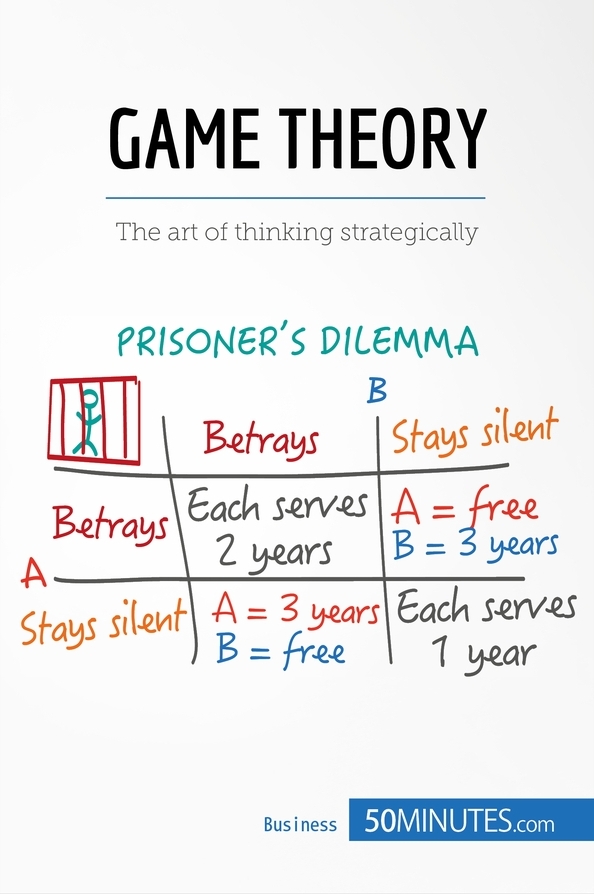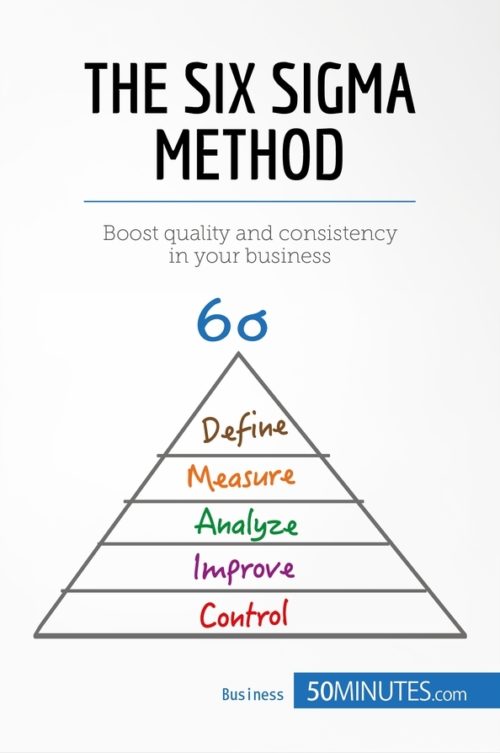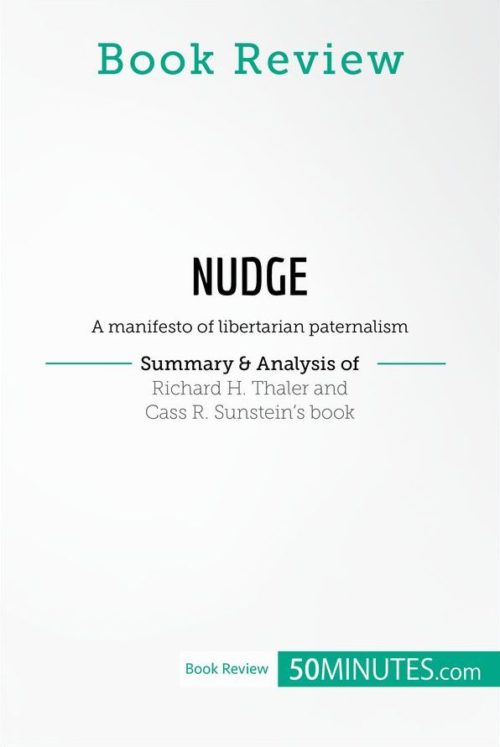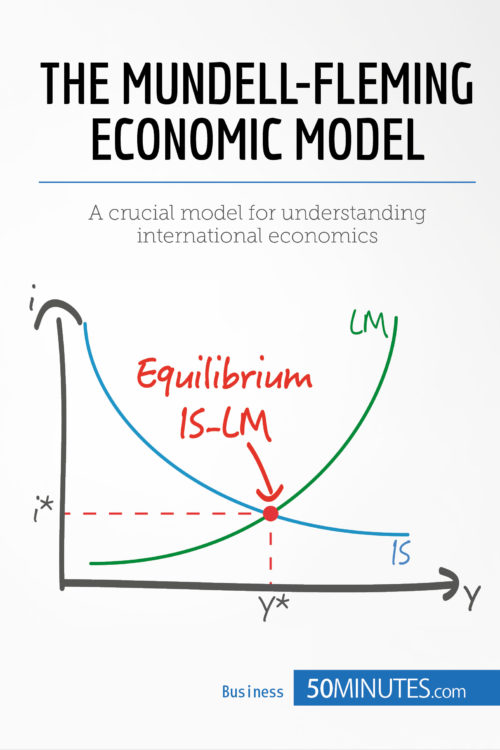Game Theory
Game Theory
$4.99
Read more
Understand the essentials of game theory (also known as strategic behavior theory and interactive decision theory) in just 50 minutes with this practical and concise book. Game theory involves studying the consequences of strategic interaction (namely negotiation, competition and mutual assistance) between different ‘players’ who are each pursuing their own goals. It clearly demonstrates the interdependence of companies, countries and individuals and helps us to understand power relationships in negotations, which means that it has valuable applications in economics, conflict analysis and decision-making.
This book will provide you with a handy introduction to the complexity of social interactions and the practical applications of game theory across a range of domains. In addition to learning how to implement strategies in your interactions with others, you will consider a number of examples, such as the classic problem of the prisoner’s dilemma, find out about the tool’s shortcomings, including the relative difficulty of applying it to real-life situations, and learn about related models, such as set games and infinite games.
About game theory
The origins of game theory can be traced back to the Renaissance, when the first analyses of strategy games appeared, although no formal theory existed until the 19th and 20th centuries. The theory studies social interaction and sets out to prove that individuals, companies and countries are mutually interdependent. As a result, the most beneficial step for all involved is to find a balance which suits all parties. While cooperation may not be the easiest thing in the world, the best way to deal with the need to work together is to understand it, not fight it.
In this book, you will discover how game theory can help you, learn how to apply it to different fields, and use your results to elaborate an appropriate strategy. A clear explanation of the benefits and potential drawbacks of the method, a discussion of a practical case study, and an introduction to related models will give you the tools you need to tailor your approach to your situation.
This straightforward and accessible 44-page book is structured as follows:
- Introduction to game theory
- Theory
- Game theory and its philosophers
- Presentation of game theory
- Game examples
- Prisoner’s dilemma
- Limitations and extensions of game theory
- Limitations and criticisms
- Related models and extensions
- Practical application of game theory
- Case 1
- Case 2
- What if we added another party?
- Summary
Product details
| ISBN | 9782806265883 |
|---|---|
| Publisher | Plurilingua Publishing |
| Series | 50MINUTES.COM – Business |
| Format | |
| Pages | 44 |
| File size | 3 MB |






